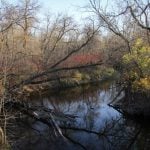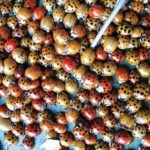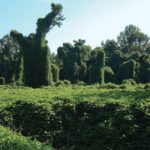
Tag Archives Invasive species
Editorial: Wild things roaming

Open season on wild pigs not the answer
Unfocused sport hunting will only make the problem worse

Wild pigs on the loose: A pending threat in Manitoba
The population of feral pigs is growing and the province doesn’t have a strategy to address it

Farming insects may solve one problem, create others

Aquatic invasive species training sessions held in Manitoba
Everyone needs to be aware and help protect our water bodies

LAID WASTE: emerald ash borer a looming threat
A concerted effort will be necessary to preserve ash trees that shelter homes and fields

Invasive weeds have genetic advantage
A single trait, which developed independently in multiple situations, drives invasive success

Getting bugged
Last year was a particularly bad outbreak, but that won’t necessarily carry over

Morden prepares to battle the bug
The city has just unveiled its 10-year strategy to manage for emerald ash borer’s imminent arrival here. Morden officials will speak at a workshop next month on what actions other rural communities can take

Scientists want to understand behaviour of invasive weeds
Why are certain plants able to enter a new ecosystem and run riot?






